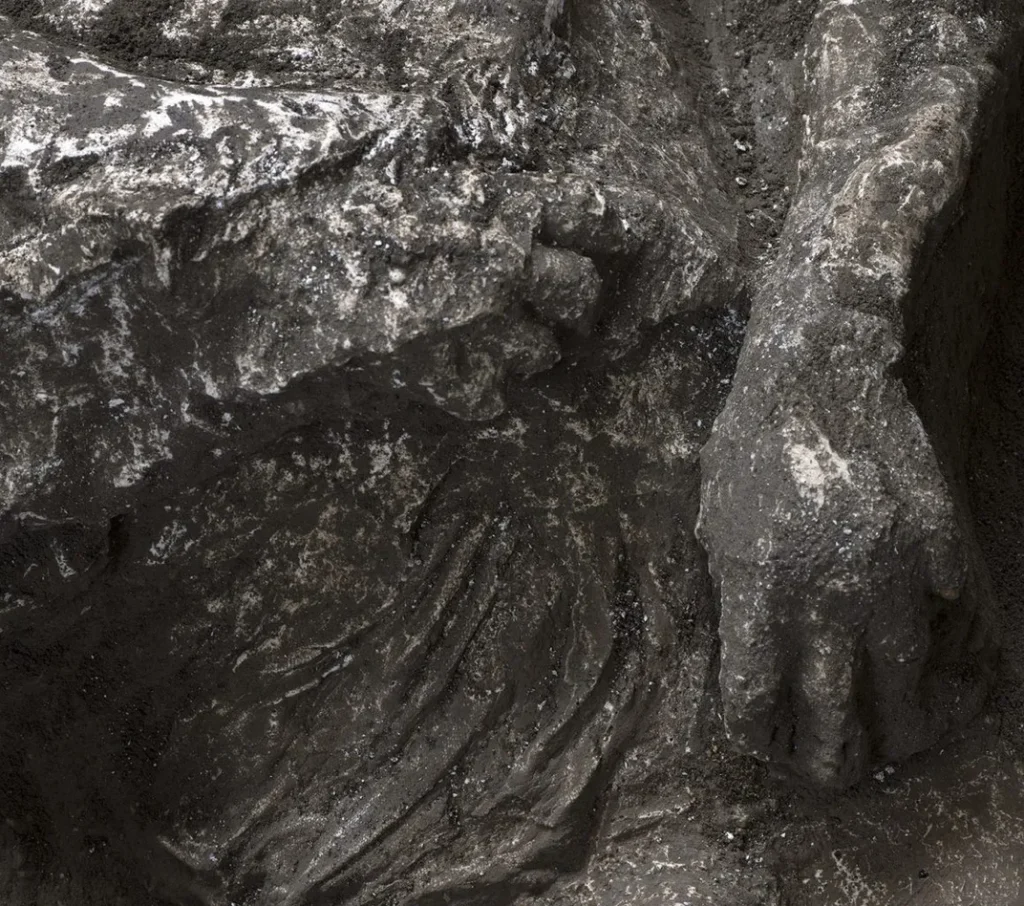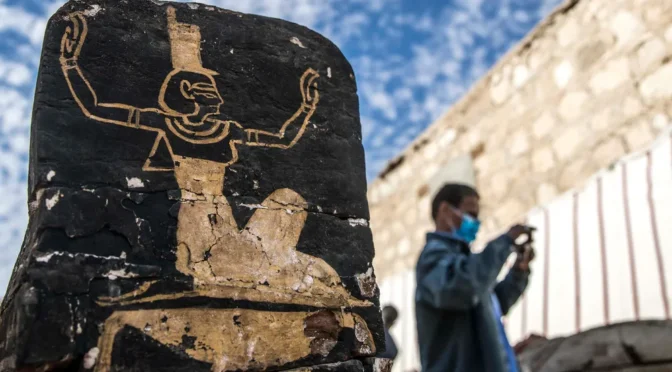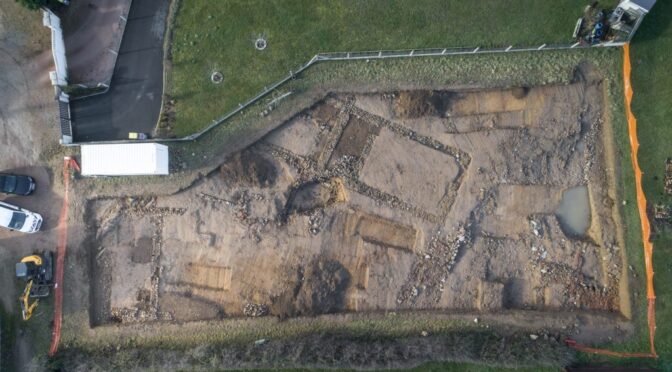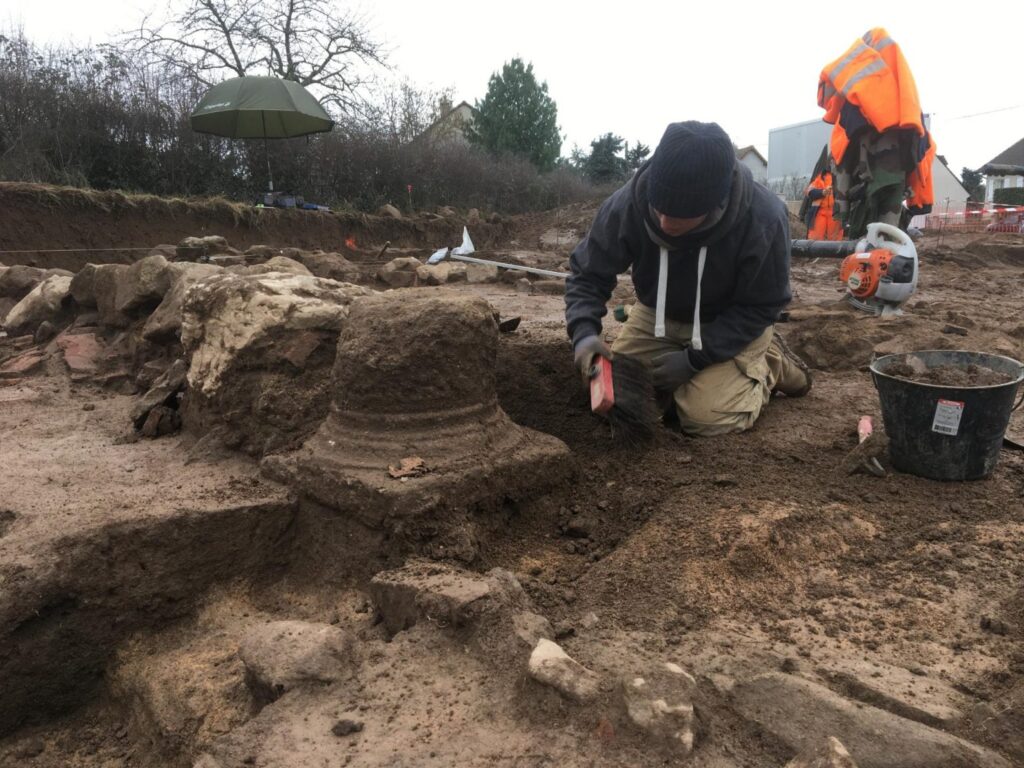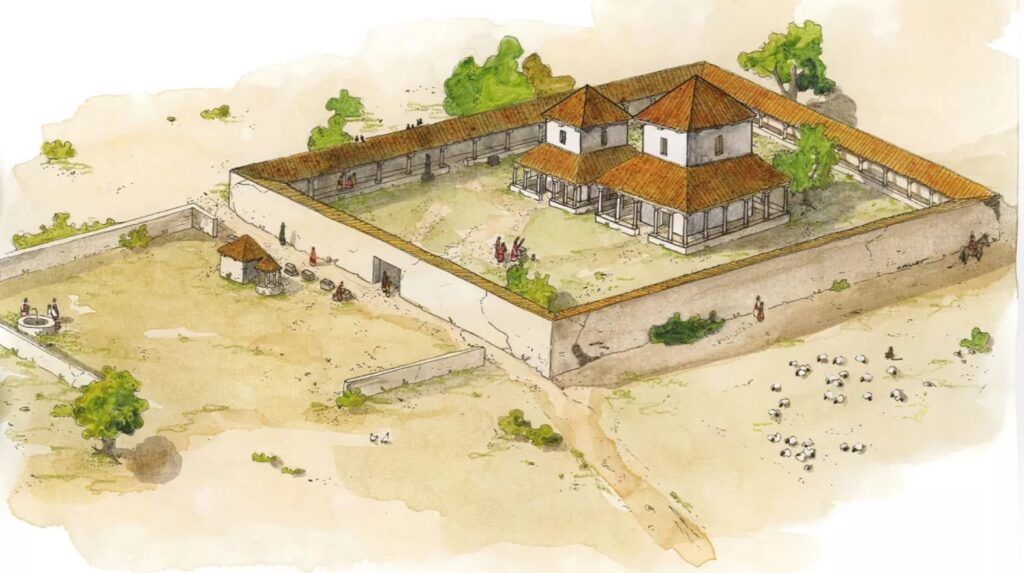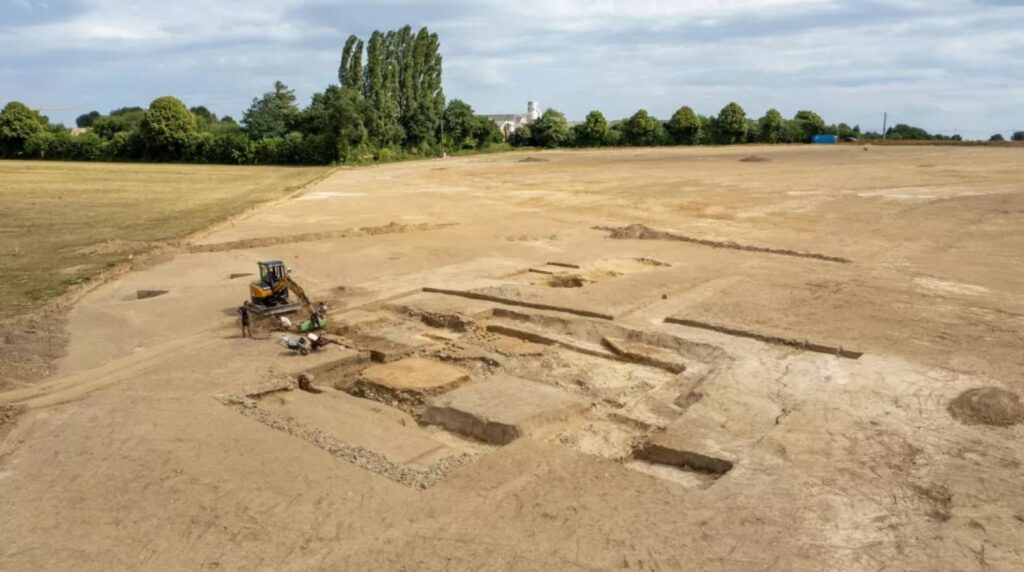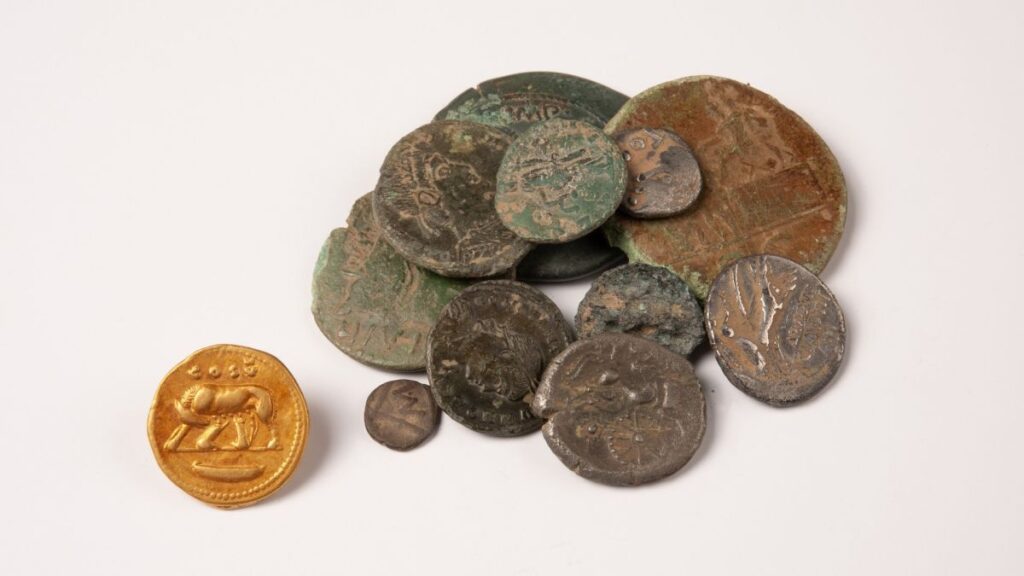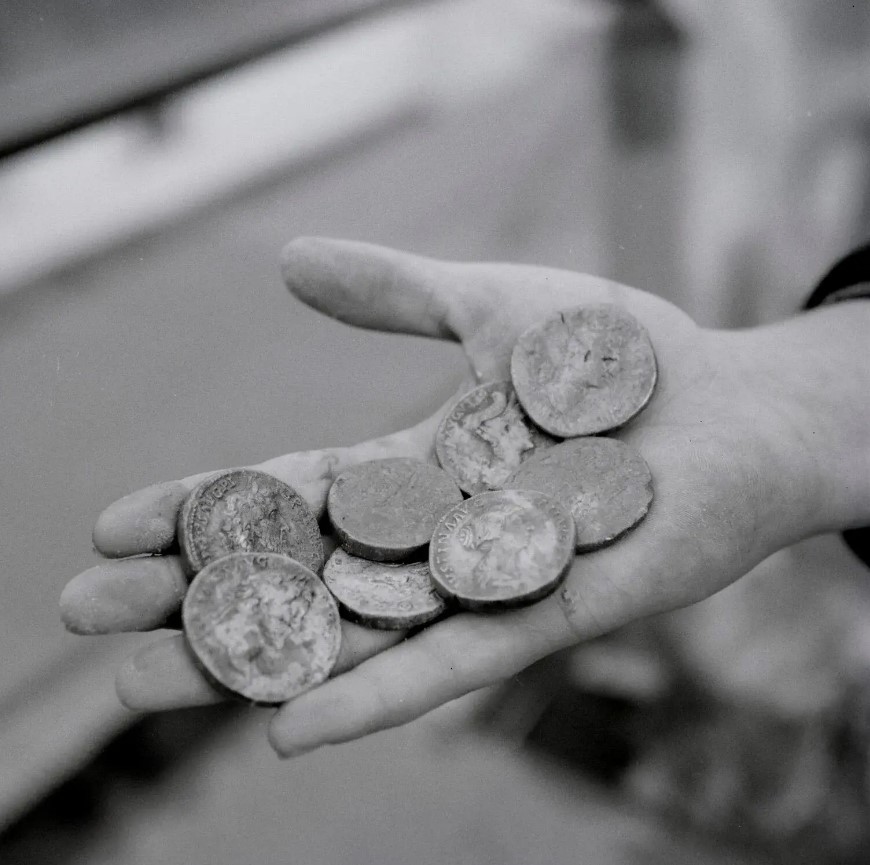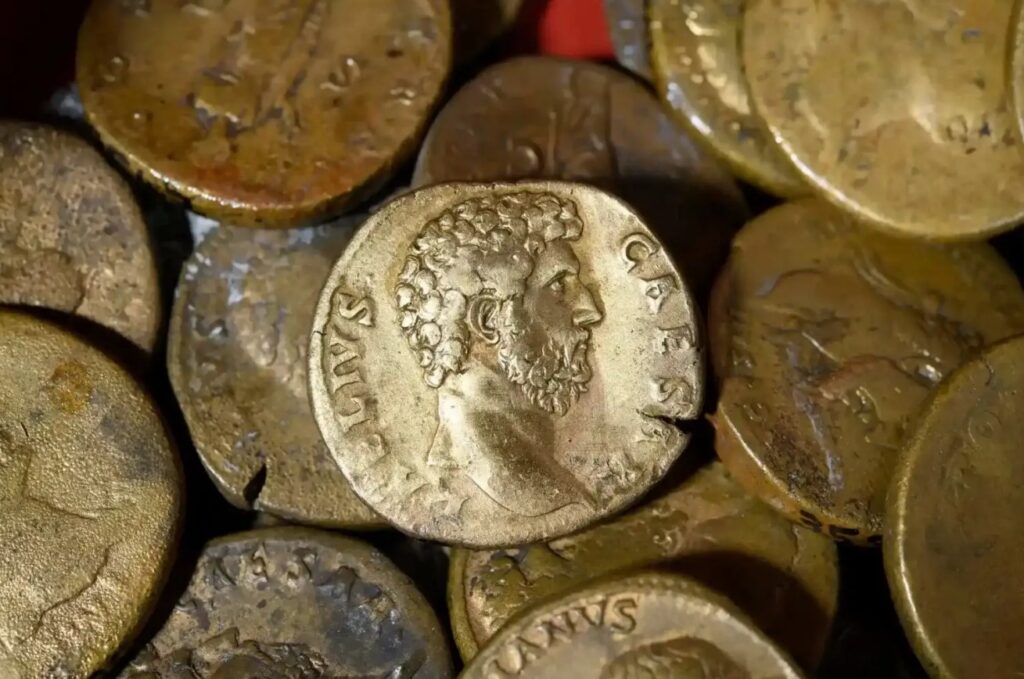Remarkable Paleolithic Sculpture Discovered in the Famous Cave of Foissac
A fascinating and unique Paleolithic sculpture of a figurine carved from a large bovine bone and with unusual designs engraved in it was discovered in the well-known cave of Foissac in Aveyron, France.
According to Le Figaro , the cave, which is closed to the public from October to June, still contains many mysteries, including the newest discovery – the sculpture, which is one of the most mysterious findings of the last years.
During the prehistoric era, people created a unique style of art, which was also perhaps a way of expressing information. It was carved in a bone of an auroch or bison with a flint tool. One part of the sculpture was polished with an unidentified tool.
The figurine was analyzed by an expert from La Direction régionale des affaires culturelles. The researchers believe that it was made 20,000 years ago. It depicts a human who appears to be holding something, possibly a baby.
Most sculptures from this period depict animals, so to find a figurine is quite rare. The statue is very well preserved, which is surprising considering that it was submerged in water for many centuries.
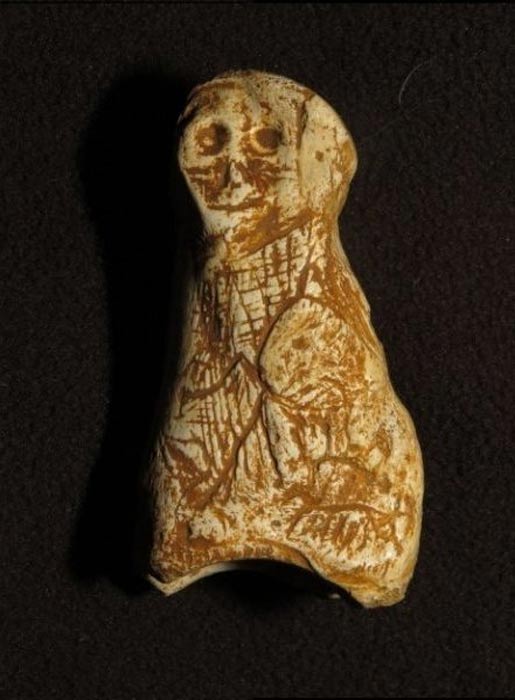
The major problem with the analysis of such artifacts is that there are no historical sources to explain the meaning behind the art of Paleolithic people. Researchers may only speculate. Du Fayet de La Tour believes that the sculpture is a woman carrying a child or an animal.
It has also been suggested that some of the patterned marks may represent prehistoric tattoos. However, more analysis is needed. They hope that future discoveries will bring answers to the most intriguing questions the sculpture poses.
It is similar to the case of another artifact discovered in the cave La Roche-Cotard in the territory of Langeais, France. It is a piece of flat flint that may have been shaped by the hands of a Neanderthal who once lived near.
Many people see a face in this artifact, which they call one of the oldest pieces of art on Earth. The Mask of la Roche-Cotard , also called the “Mousterian Proto-figurine”, was discovered in 1975 and re-examined in 2003 by Jean-Claude Marquet, curator of the Museum of Prehistory of Grand-Pressigny, and Michel Lorblanchet, a director of research in the French National Centre of Scientific Research, Roc des Monges, at Saint-Sozy.

The mask is about 10 cm (3.94 inches) tall, and not very well preserved. It is dated to about 35,000 years old, thus created during the Mousterian period. This was a time when Neanderthals seemed to be quite advanced and creative.
However, they still lived in caves and it is believed that their lives were primarily focused on daily survival. In fact, we don’t know what sources of entertainment they preferred, if they played games, or even how they sounded when they spoke.
The most useful messages for researchers today have been found painted and carved on stones.




